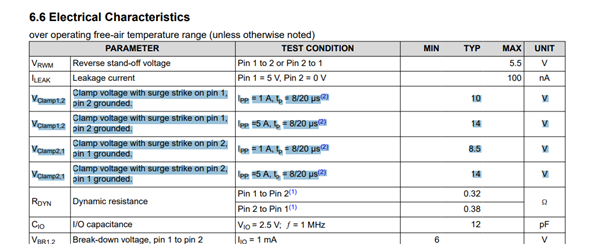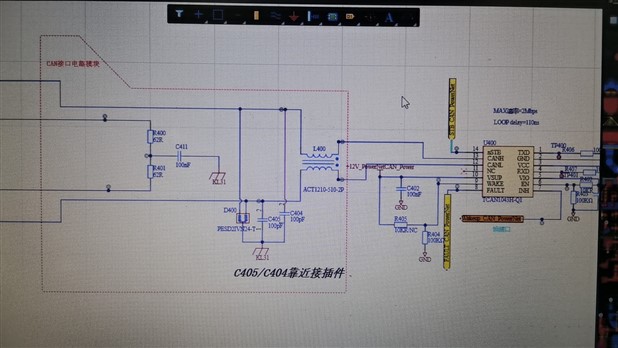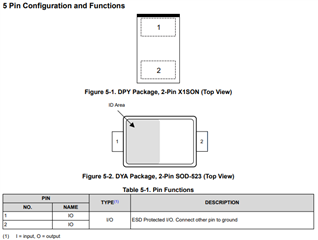Other Parts Discussed in Thread: ESD2CAN24
Hi team,
When I learned TPD1E10B06-Q1 DS, I found that the SPEC is related to the test method. could you pls help confirm the following question.
1. Does TI’s bidirectional ESD have polarity?
2. Why do different test methods have different Vclamp and what does this relate to?
Thanks
Hangjie





